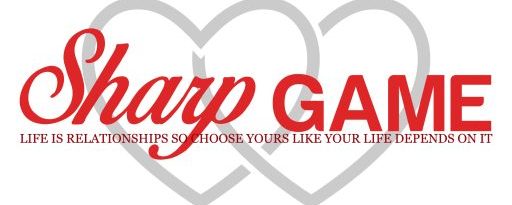How to stop miscommunication before it starts
Be Clear and Direct in Your Communication
Understanding the Importance
Let me start by saying clarity is everything. When I’m crafting a message, whether it’s an email, a post, or even a quick chat, I always ask myself, “Is this clear?” If there’s any doubt in my mind, I know I have to revise. It’s all about making sure the other person gets exactly what I mean without any extra guesswork.
Being direct doesn’t mean being rude. I’ve had my fair share of awkward conversations, but I’ve learned that a straightforward approach—combined with a friendly tone—often prevents any misunderstanding. It’s this mix that makes communication effective.
Seriously, if you think something might be misinterpreted, take the time to clarify it upfront. It’s way easier to avoid those pesky back-and-forths later when everyone’s on the same page from the get-go.
Ask Questions to Gather More Insight
The Power of Inquiry
Here’s the deal: asking questions isn’t just about seeking information. In my experience, it’s about promoting dialogue and building relationships. When I ask questions, it shows that I care about the other person’s perspective. It invites them to share more, which often leads to a deeper understanding.
I love following up my initial statements with questions like, “What are your thoughts on this?” or “Does that make sense?” It encourages a two-way street. Plus, it opens the door for them to clarify anything they’re unsure about, which helps clear up those potential communication landmines.
Don’t be shy about asking follow-up questions either. If someone gives you a vague answer, dig deeper! Take a moment to confirm what you’ve heard. “So just to make sure I’m on the right track, you’re saying…?” The more information you have, the less room there is for misinterpretation.
Be Mindful of Non-Verbal Cues
The Hidden Language
Non-verbal communication is super impactful. Think about it: when I’m on a video call or in-person meeting, I pay close attention to body language, tone, and facial expressions. These cues can often say a lot more than words alone can. It’s fascinating to me how sometimes a slight raise of an eyebrow can completely change the meaning of what someone is saying!
I often find myself reflecting on my own non-verbal signals too. It’s important to project openness. When I’m relaxed and engaged, people feel more comfortable sharing their thoughts with me. This ultimately fosters a better communication environment where people are more likely to voice any concerns they might have.
So, next time you’re in a conversation, really tune into those non-verbal cues. They add significant context to the conversation, and noticing them can help you respond in a way that aligns better with what the other person is truly expressing.
Choose the Right Medium for Your Message
The Medium Matters
In my journey through communication, I’ve learned that choosing the right medium is just as vital as the message itself. For instance, a quick text can often mislead, while face-to-face conversations can open up a deeper understanding. I’ve been in situations where a simple message got way more complicated than necessary because I didn’t pick the right format!
If the topic is sensitive, I try to opt for a call or an in-person meeting. There’s something about voice and body language that helps ease tensions and convey empathy. On the other hand, if I’m sharing straightforward updates or information, emails or team messages can do the trick.”
Consider the personalities involved too. Some people might prefer visual information, while others thrive on verbal cues. Tailoring the medium to your audience can significantly enhance understanding and prevent any possible miscommunication.
Follow Up and Confirm Understanding
The Importance of Recap
Finally, don’t underestimate the power of the follow-up! After a discussion, I often recap the main points to confirm our understanding. Saying something like, “Just to recap, we agreed that…” not only reinforces the message but also gives everyone an opportunity to clarify any details before wrapping things up.
I love encouraging others to do the same. By inviting them to tell me what they understood, it creates space for correction on either side. Trust me, this simple step has saved countless hours of confusion down the line!
Additionally, I like to follow up with a quick email summarizing the key points after an important meeting. It’s a nice way to keep everyone aligned, and it avoids that sinking feeling of, “Wait, what did I miss?” later on. Clear follow-ups build trust and strengthen communication over time.
Frequently Asked Questions
1. Why is clarity so important in communication?
Clarity ensures that your message is understood as intended and prevents misunderstandings that can lead to conflicts or confusion.
2. How can I effectively ask questions during conversations?
Try to ask open-ended questions that invite elaboration and promote dialogue. Make sure to listen actively and clarify as needed!
3. How do non-verbal cues affect communication?
Non-verbal cues can provide context and meaning that words alone may not convey, helping to express emotions and assumptions effectively.
4. What is the best medium for delivering complex information?
For complex topics, face-to-face conversations or video calls are usually best, as they allow for real-time interaction and clarification.
5. How do I know if someone has understood my message?
Always follow up and encourage them to summarize what they understood, or recap the main points yourself to confirm understanding.









